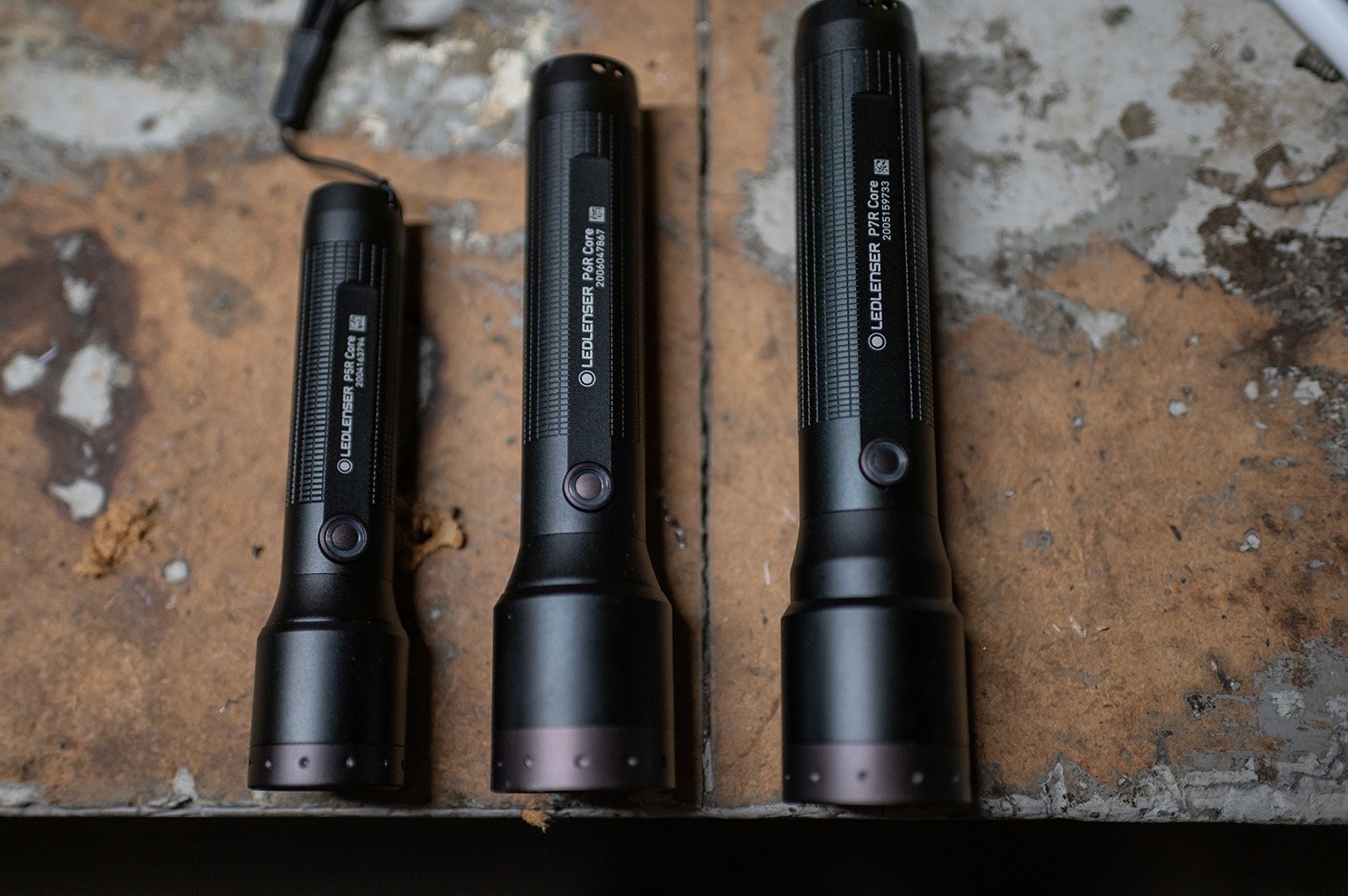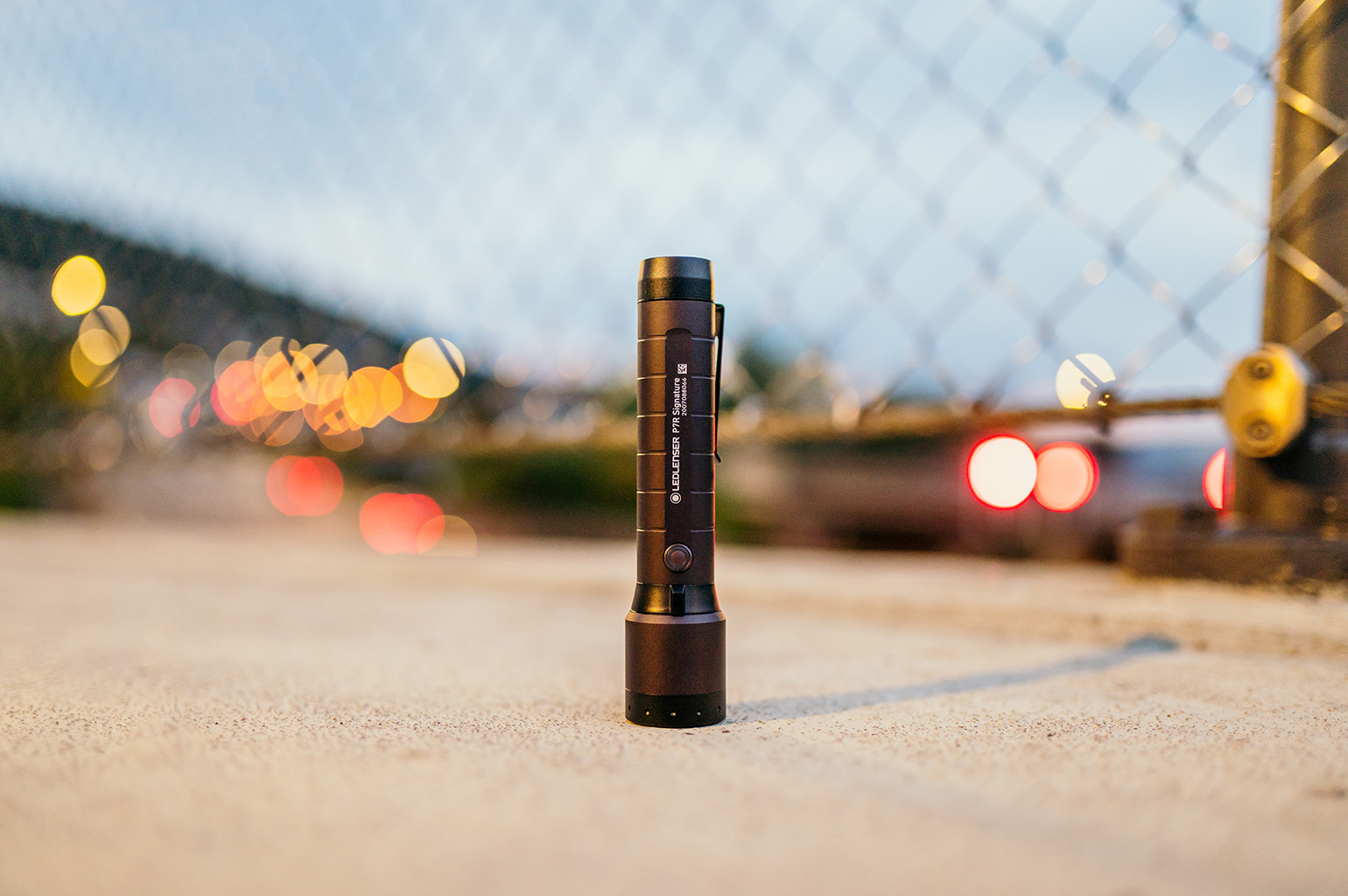
Before the invention of the flashlight: light sources of the past
In today's world, it is impossible to imagine life without flashlights. They are a handy and practical source of light for various situations. Modern LED lights are used, for example, for camping, fishing or as an emergency light. They are also used by emergency services, the military and competitive athletes for outdoor activities.
However, before flashlights could simplify our everyday lives, other ways were found to bring light into the darkness. Thousands of years ago, flexible light sources were sought to avoid dependence on sunlight. Initially, light was created with the help of campfires and over the centuries people used tallow and oil lamps. However, further centuries had to pass before electric light could be used.

When were the first flashlights invented?
There is no clear answer to the question of when the first flashlights were invented. In fact, the flashlight was developed independently by two inventors in 1899. In England, David Misell invented the mobile light source, while in Germany the entrepreneur Paul Schmidt is considered responsible for the invention of the flashlight. However, as David Misell applied for a patent for the flashlight in 1899 and Schmidt only in 1906, the invention is often attributed to Misell. However, before the two inventors were able to invent the modern flashlight, there were several innovations at the beginning of the 19th century that paved the way for them.
From candles to Edison's light bulb
Until the 19th century, beeswax candles were the preferred source of light for the aristocracy. Oil lamps that burned oil or tallow, on the other hand, were used by the poorer classes. The reason for this was that the liquid fuels used in the lamps gave off an unpleasant smell and burned with soot.
It was not until 1899 that electricity could be generated economically with the help of dynamo machines. However, the real age of electric lighting began in 1879 with the inventor Thomas Alvar Edison. Although he was not responsible for the invention of the forerunners of today's flashlight models, he was the person who developed a complete system of power generation, switches and fuses. However, technical advances in light bulb technology and the introduction of dry batteries were made even earlier.
Good to know: In 1888, the dry cell battery was developed by the German inventor and doctor Carl Gassner. It is a forerunner of today's AA batteries. In contrast to wet batteries, they were easier to handle and more robust.
Further development of LED-powered flashlights
Although Thomas Edison set a significant milestone with his light bulb, it took several decades before the next revolutionary change in lighting technology occurred with the development of light emitting diodes (LEDs). It was not until the 1960s that the first practical LED lights were developed. LED technology has progressed enormously since then and is now one of the most efficient and versatile lighting options on the market. LEDs not only offer excellent energy efficiency and longevity, but also enable precise control of light and a variety of applications, including modern flashlights, which have become lightweight, durable and powerful.

The history of the flashlight at a glance
In the decades following the invention of the first flashlights, everything revolved around increasing the luminosity and duration of the light. Thanks to halogen light bulbs, the lighting time could be doubled compared to conventional light bulbs. Towards the end of the 19th century, mass production made the flashlight accessible to the general public. The development of the flashlight now summarized:
Flashlights after the invention - areas of application
Whether in everyday life, at work or in emergencies: Nowadays, flashlights are an indispensable tool that can be used easily and flexibly. The brightest battery- and rechargeable battery-powered flashlights today achieve an output of more than 2000 lumens. Flashlight technology has developed and changed considerably over the years. Flashlights shine brighter than ever before and have a burn time of several hours or days thanks to powerful LEDs. Thanks to this progress, flashlights can now be used in almost all situations.
| Luminous flux | Possible area of application |
| Up to 150 lumens | Dog Walking, strolling and reading |
| 150 to 500 lumens | Work in the workshop or household use |
| 500 to 1000 lumens | Outdoor activities such as camping, fishing or night hiking |
| 1000 to 3000 lumens | Outdoor activities such as skiing or mountaineering |
| Over 3000 lumens | High-performance lamps for search teams, military and police |
From invention to Ledlenser - high-quality flashlights for everyone
Numerous advances have been made since the invention of flashlights. As neither battery nor rechargeable battery technology was fully developed in the past and light bulbs could only produce a small amount of power compared to today, the flashlights of the time only produced light for a short time. This is where today's term "flash light" comes from.
Nowadays, however, you no longer have to worry about this. There is a range of lights with a wide variety of functions and light modes. Here at Ledlenser you will find a wide range of lights:
- Rechargeable flashlights: Rechargeable torches can be easily recharged using a charger. Flashlights with built-in rechargeable batteries are environmentally friendly and save you money in the long run.
- Flashlights with batteries: Battery-operated flashlights are usually ready to use immediately, as AA and AAA batteries are available almost everywhere. What's more, you don't have to worry about a power source if the light gives up the ghost.
- Penlights: These lights are usually no bigger than a ballpoint pen, but have sufficient light output and range thanks to powerful LEDs. The compact size allows you to stow the flashlight in any trouser or jacket pocket.
- Key ring flashlights: The smallest flashlights are characterized by their compact design and low weight. They are used for safety, to have a light source with you at all times.






